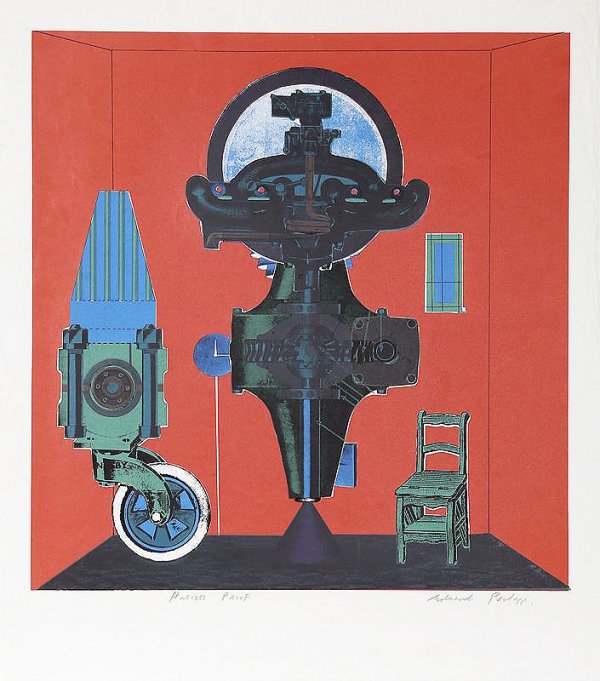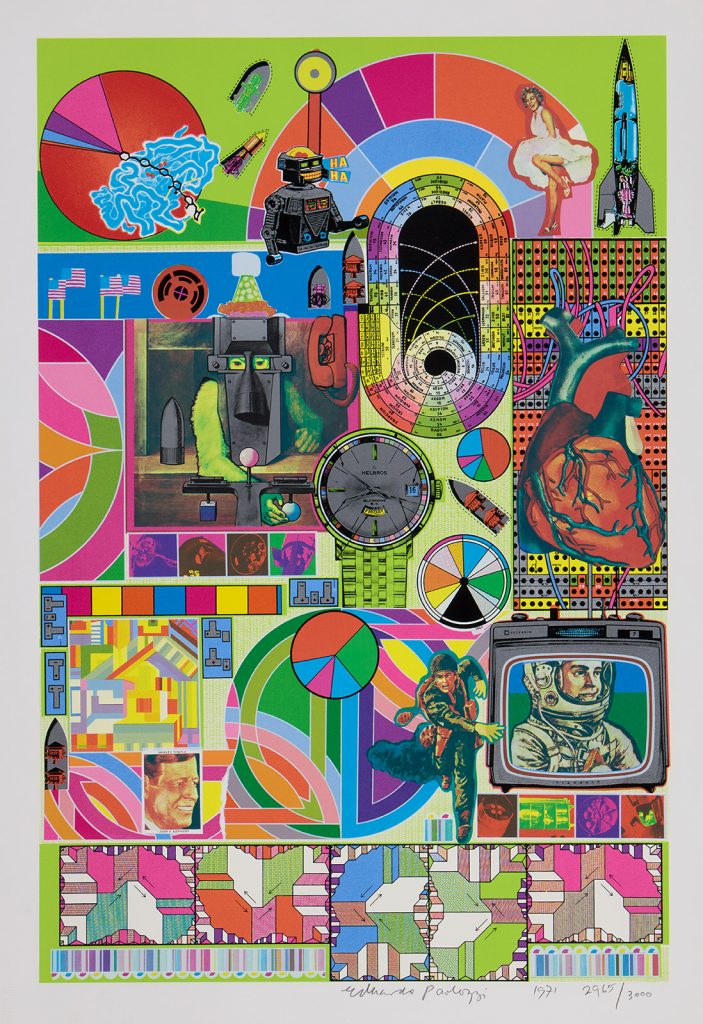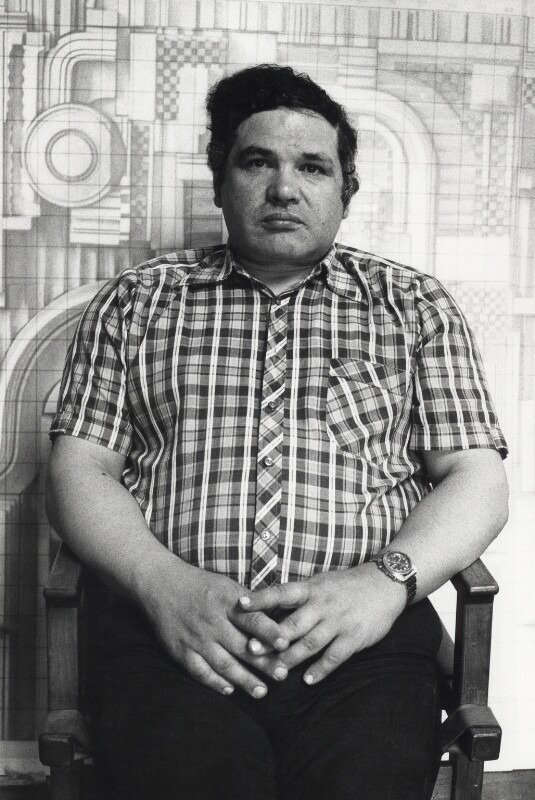Eduardo Paolozzi: The First Pop Artist
- 1. Scottish-born Paolozzi’s Italian parents ran a small ice cream parlour in Leith.
2. Paolozzi had always shown a talent for drawing and pursued this by attending Edinburgh College of Art in 1943. He then moved to London and feigned madness to secure his release from army duties in order that he could study sculpture at the Slade School of Fine Art.

3. His acquaintances significantly affected his works. When he moved to Paris between 1947 and 1949, he was friends with artists including Georges Braque, Alberto Giacometti, Fernand Léger and Jean Arp.
4. Paolozzi is widely considered to be one of the first Pop artists and created many collages including the famous ‘I was a rich man’s plaything’ in 1947, which was the first artwork to feature the word ‘Pop’ in it.

5. Not only was he a sculptor, graphic artist, potter, filmmaker and writer, Paolozzi also taught printed textile design. He taught graphic artist Althea McNish on one of his evening courses at the Central School of Art and Design, where he persuaded her to pursue a career in textiles. She has since gone on to become an internationally famous textile designer.
6. Paolozzi began producing silk-screen prints in the 1950s. He pioneered the technique in which each print can have a separate colourway, predating Warhol’s famous prints of the same nature by four years.
7. In 1952-4 Paolozzi co-founded ‘The Independent Group’ in London, who paved the way for English Pop Art. He was also one of the few British artists to become internationally recognised immediately after the war.

8. Paolozzi was bestowed with a great many honours during his lifetime for his contribution to the arts; in 1968 he was appointed CBE, awarded an honorary doctorate by the University of Cambridge and in 1989 even knighted by Queen Elizabeth II.
9. He donated a great deal of work to the Scottish National Gallery, who have since displayed a reconstruction of his studio and a large body of his work in their Dean Gallery.

10. Paolozzi made numerous contributions to public art, designing and creating sculptures and mosaics for British and German spaces including the colourful mosaics in Tottenham Court Road Tube station, the cast iron sculpture ‘Piscator’ in Euston Square, the ‘Head of Invention’ outside the Design Museum on the South Bank and also ‘Newton, after William Blake’ for the plaza of the British Library.
Eduardo Paolozzi Prints
Browse available Eduardo Paolozzi prints from leading galleries and print dealers.
